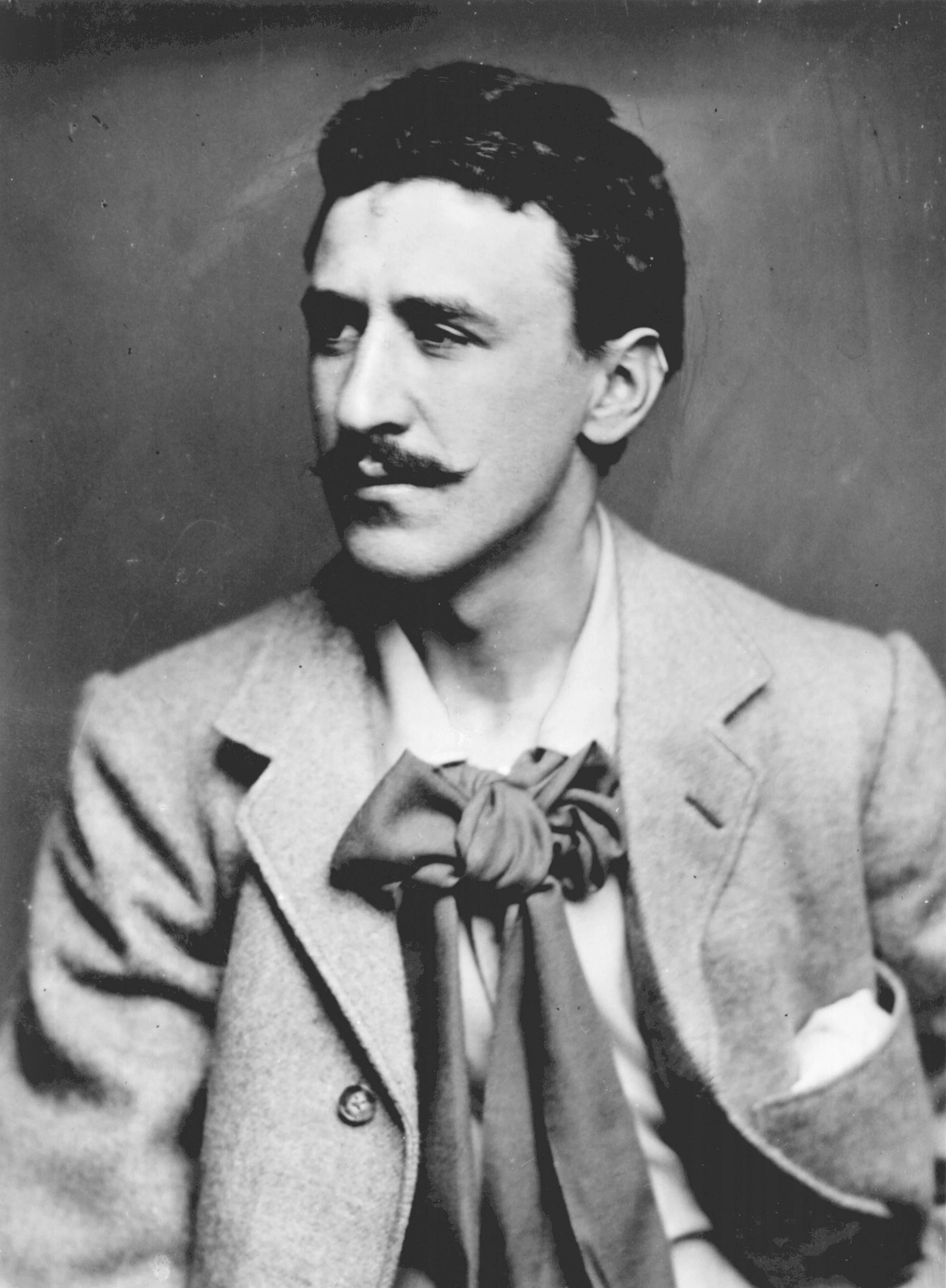Why we love the work of Charles Rennie Mackintosh...
Glasgow born architect and designer; Charles Rennie Mackintosh, is considered as possibly one of the greatest Scottish Art Nouveau artists of all time and is known as the father of the Glasgow style in Great Britain in the 1890’s.
Mackintosh was born in 1868, he had an unusual design style for the time, light and airy and embracing a stark simplicity that was light, very elegant, and original – and totally opposite of the darker contemporary creations of this period.
While popular and well known at the height of the century he had almost been forgotten until the late 20th century, when his works experienced a great revival, due to their simple and clean lines, which was a design style that was becoming popular at the time and reproductions of his chairs and settees began.
As an apprentice at the local firm Honeyman and Keppie, Mackintosh enrolled himself for evening classes at the Glasgow School of Art to further compliment his architectural apprenticeship, and it was here that his talents first began to flourish.
He won several awards and recognitions, and it was here that he met and collaborated with three other students (nicknamed ‘The Four’) and achieved group recognition in the 1890’s for these unorthodox posters and other craft works.
Mackintosh went on to be commissioned to design four incredible tearooms in Glasgow between the years of 1896 and 1904, as well as several other home interiors in the early 1900’s, but possibly his greatest work was the design for the new building to house Glasgow School of Art which commenced in 1896.
Interestingly the building was done in two phases (due to challenges with funding), but this delay gave Mackintosh the opportunity to not only edit the original design (of 1896) but fully integrate more 20th century design techniques, materials, and styling.
The new library which was completed in 1909 is one of the most dramatic out of all of the interiors created by Mackintosh and boasted a unique use of wooden beams and posts, using a distinct traditional Japanese look and feel.
He achieved great success in Europe and had several patrons who extensively used his services, but by 1914 Mackintosh’s work was beginning to be met with indifference in Scotland, and he resorted mostly to water colour painting. It’s said that he became quite cranky and obstinate at his perceived lack of recognition and moved to London with his wife, just as World War One commenced. The next four years of war put paid to any construction and design of buildings and theatres.
While Mackintosh did continue to design and create his unique style in several private houses and rooms it was in 1923 that he moved to France and spent the last 5 years of his life painting until his passing in 1928.
Posthumously, as mentioned above his work saw a revival in latter part of the last century, but sadly the beautiful library at the Glasgow School of Art was damaged badly in a fire in 2018.
The Mackintosh House in Glasgow underwent some reconstruction and was opened as a museum for the public to visit in the late 1970s and is beautifully reconstructed to reflect the principal interiors as they were when Mackintosh and his wife, Margaret lived there from 1906 – 1914. The house features all the original furniture as designed by him and is a beautiful ode to this incredible Scottish creator.
No visit to Glasgow would be complete without a visit!
We hope you’ve learned more about out beautiful Scotland, and we look forward to seeing you on the hills soon. The Walkers Club Team!



